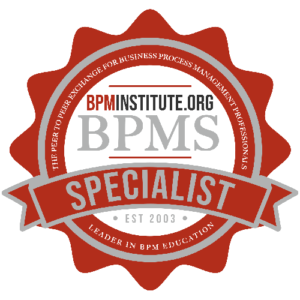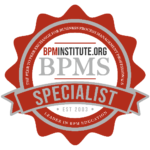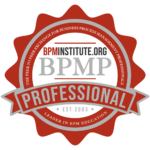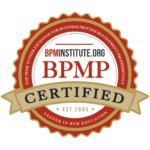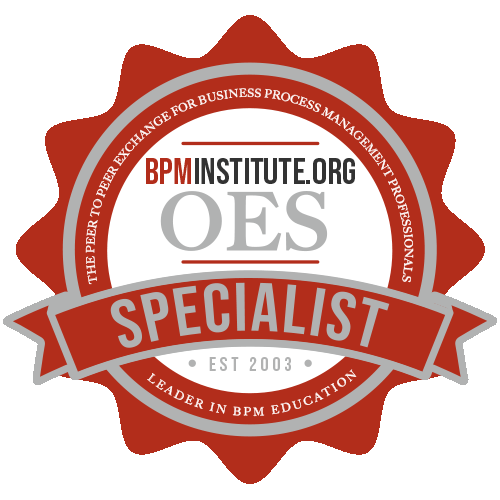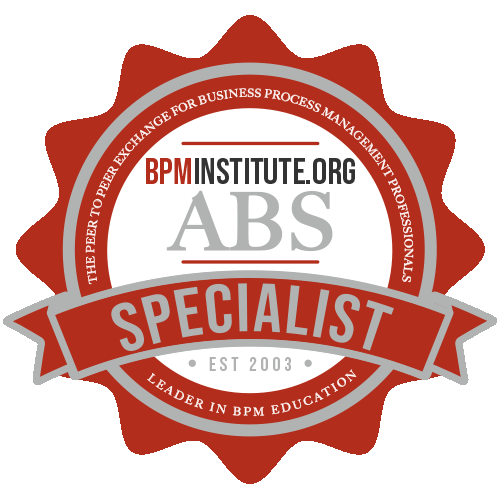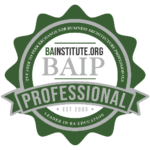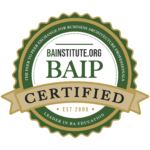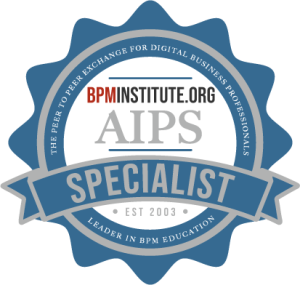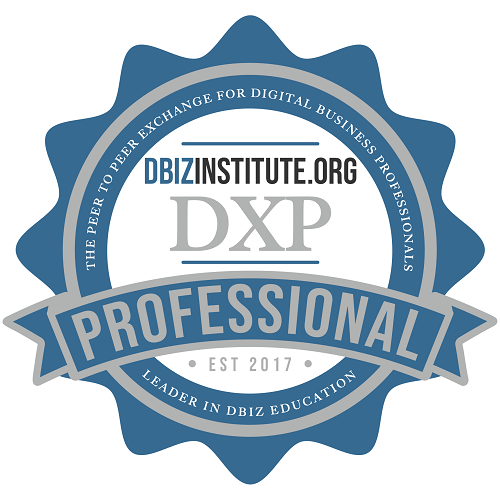Home / Resources
Resources
Discover a Wealth of BPM Knowledge and Expertise at BPMInstitute.org!

Aetna Facilitates Business Rules Development in Key Project
![]()
This interview originally appeared in the members only BPM Strategies Magazine. Join today to receive your own copy.

Fragmented Business Processes Destroy Value
When organizations become fragmented, it requires more work to deliver value to the customer and the ability of the organization to adapt to environmental changes is diminished. In extreme cases, the loss of value is deadly and businesses go extinct.
What causes businesses to become fragmented?
Business fragmentation occurs when critical processes aren’t managed as an integrated system. Workflows become a complex series of handoffs between functions, jobs and information systems. Each handoff represents an opportunity to introduce error, delay and added cost.
When organizations become fragmented, it requires more work to deliver value to the customer and the ability of the organization to adapt to environmental changes is diminished. In extreme cases, the loss of value is deadly and businesses go extinct.
What causes businesses to become fragmented?

Taking The BPM Message To The Corner Office
As long as the BPM dialogue is restricted to technologists and BPM insiders, it’s likely to become just another technique for squeezing out costs and making incremental performance improvements. Taking the message to “corner office” executives places BPM in its proper business context and positions it to its full potential as a technique to achieve sustainable competitive advantage. CIOs and their organizations must alert other C level executives about the true business case for BPM: It’s all is about time-based competition and setting the pace of innovation in your industry.
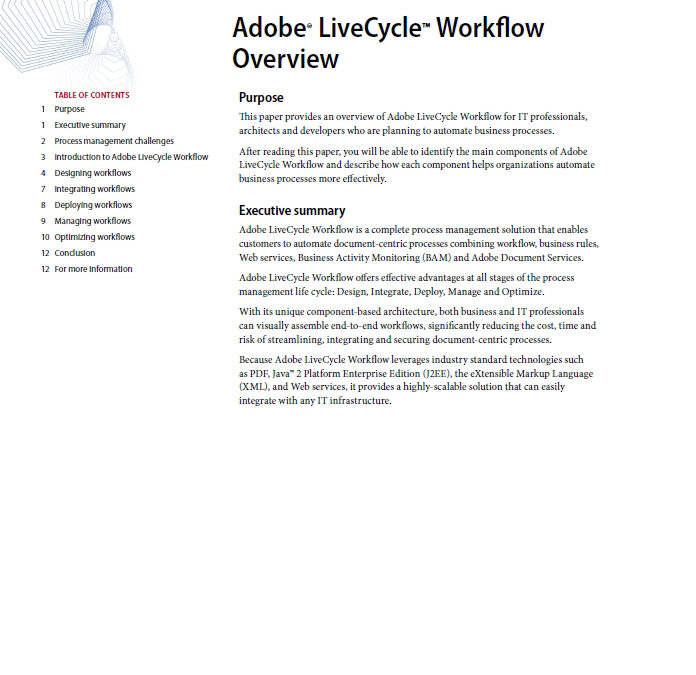
Adobe LiveCycle Workflow Overview
Adobe LiveCycle Workflow helps organizations design, deploy and manage automated business-process applications that connect systems and human interactions. This paper is an ideal introduction for professionals, architects and developers who are planning business-process automation.
The Great 21st Century Business Reformation
If you don’t have the time to listen to this issue’s Featured Archive, this article serves as an Executive Summary of the presentation, ” The Great 21st Century Business Reformation ” by Peter Fingar, Executive Partner in the digital strategy firm, the Greystone Group. Fingar explains How BPM will bring about epic change through operational transformation driven by the fusion of business operations and technology.

Selecting the Best Method for Process Baselining
When launching a process improvement effort, your foundational step is understanding how your business currently works and how it needs to change. I call this “process baselining”. It gives you the baseline or starting point upon which your process improvement efforts can be built. Baselining involves:
documenting the process steps along with their supporting information (i.e., roles, timing, volumes, metrics, etc.), understanding the places where the process breaks down (breakpoints), identifying areas of waste (i.e., redundancies, delays, etc.).

HVB Americas Implements Straight-through Processing
Eastern and Central Europe are in the midst of dynamic economic changes. Last year, 10 countries joined the European Economic Union and others, including Bulgaria and Romania, are slated to join in the coming years.

The Road Ahead for BPM in 2006
Join us to learn how organizations are currently deploying BPM, what has changed in 2005 and where BPM is headed.
Join us to learn how organizations are currently deploying BPM, what has changed in 2005 and where BPM is headed. Also find out how to avoid the common pitfalls and how to optimize BPM strategically and tactically.
Gartner featured Research VP, Janelle Hill presents where BPM is today and where Gartner believes it is headed as well as the key mistakes many organizations make and how to avoid them.
In this webcast you will learn:
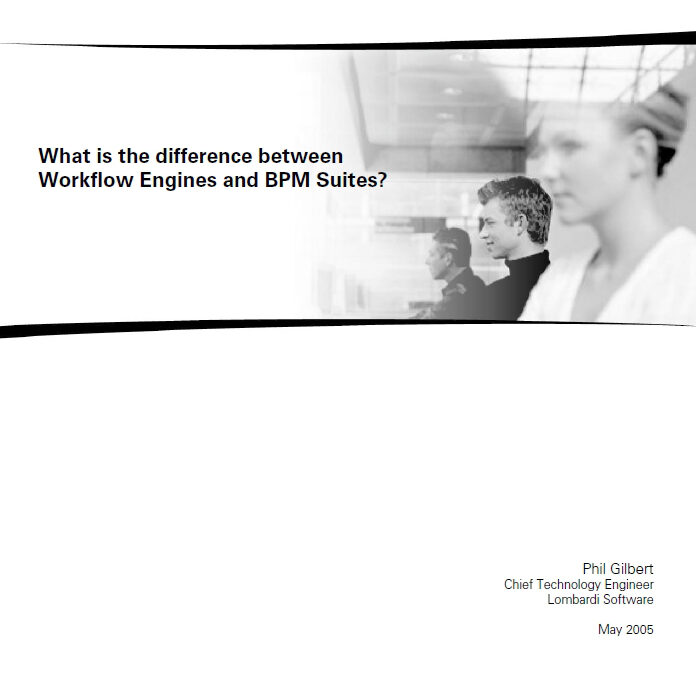
What is the difference between Workflow Engines and BPM Suites?
In the past, workflow vendors created quite a bit of confusion in the market when trying to define workflow and how it could best be utilized. Today, that situation is being replicated with BPM. Ask 10 different vendors to define BPM or BPM suites, and you will likely get 10 variations of the definition, even though all vendors use the same basic terminology to explain it. This white paper helps organizations sort through the options in order to discover why a BPM suite is a different and more important application for process improvement than workflow engines.
The Need for a Standard Business Process Depiction Language (BPDL)
What’s at stake.
As companies move towards a process centric organizational model, the standardization of their business process maps becomes an increasingly important issue. The maps need to have the same general format, use the same set of symbols and be able to be read the same way.

Performance Improvement Requires Multi-tiered Approach
Gregg V. Rock talks with Dr. Geary A. Rummler, industry pioneer in process and performance improvement
Dr. Geary A. Rummler’s book, Improving Performance-How to Manage the White Space on the Organization Chart, is considered one of the groundbreaking works in business process and performance improvement. As a co-founder of the Performance Design Lab, he has continued to evolve and expand the theory base and methodologies that can lead to breakthrough approaches to management systems, measurement, strategy, and organization structure design and implementation. His latest book, Serious Performance Consulting According to Rummler, is designed to enable performance consultants to move beyond their focus on individuals to produce organizational results. He talked to Gregg V. Rock, Editor of BPMinstitute.org.

Transforming Traditional Executive Mental Models
Andrew Spanyi is the managing director of Spanyi International Inc., a consulting and training company that operates in the field of organization and process design. He has worked with executive teams at global organizations for nearly two decades, assisting them in transforming the way they think about their business. He is the author of “Business Process Management is a Team Sport, Play It to Win!”

BPMS Watch: BPM and SOA: One Technology, Two Communities
Monthly Column by Bruce Silver, Independent BPMS Industry Analyst
Applying a Business Rules Approach – When and How Much?
At its heart, a business rules approach involves delivering the rules of the business back to the business itself, not merely burying them in automated systems. This means separating business rules from process and data as distinct components of business system specifications and managing them as a new kind of business or technical asset.
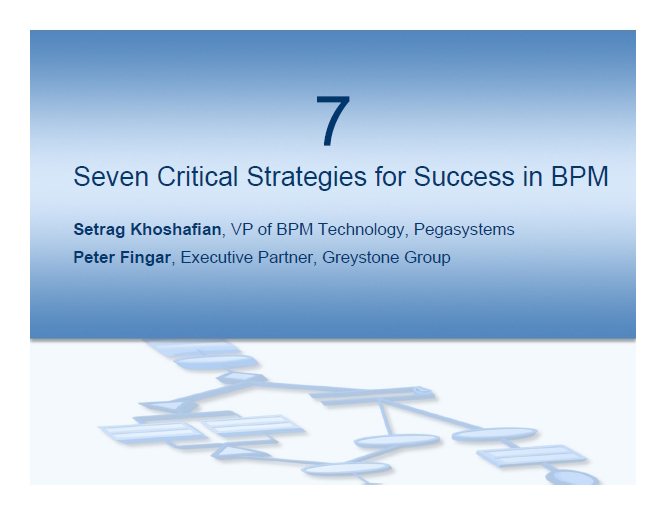
7 Critical Strategies for Success in BPM
Please join two well-known BPM industry thought leaders – Peter Fingar and Setrag Khoshafian – for a provocative, informative, and interactive session as they present Seven Critical Strategies to Succeed in BPM.
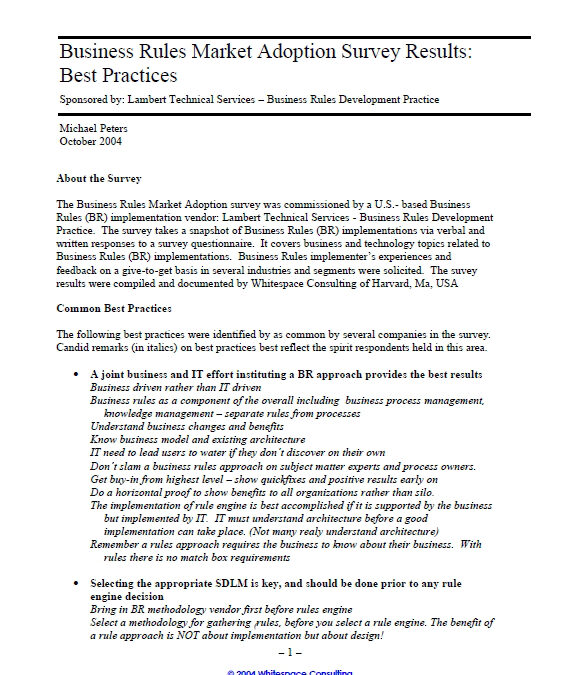
Business Rules Market Adoption Survey Results: Best Practices
Whitespace Consulting of Boston, Ma. has released survey results on Business Rules market adoption in the US. The survey discovered many companies in the F500 were performing due-diligence or piloting applications utilizing a business rules approach. Level 0 (Unaware), 1 (Adhoc) or 2 (Repeatable) on the KPI’s Business Rule Maturity Model scale. The Financial Services industry, specifically the Insurance sector, appeared to be the farthest along in their experimentation, many institutions with systems already in production.
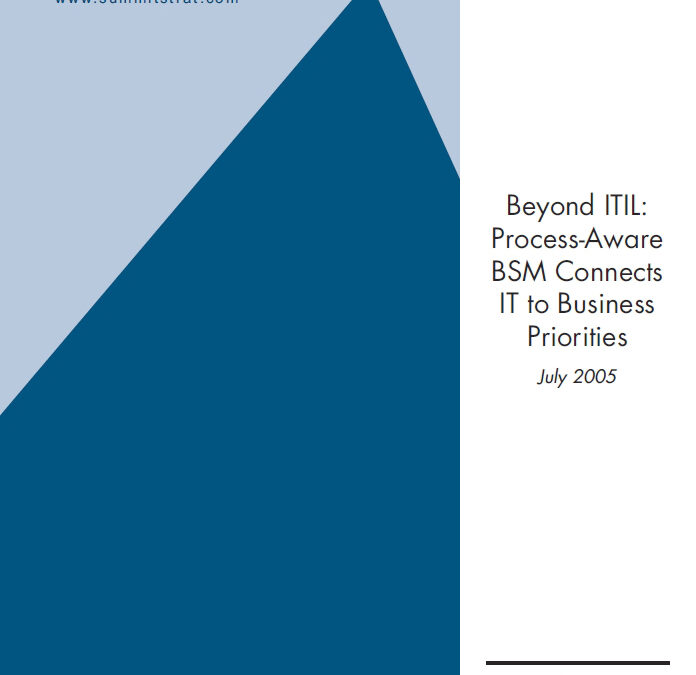
Beyond ITIL: Process-Aware BSM Connects IT to Business Priorities
CIOs and IT leaders are under tremendous pressure to demonstrate how they deliver real value to their businesses. They must ensure that their IT staff is working on the right activities at the right time plus ensure that Business and IT priorities are aligned. Summit Strategies analysts have identified a number of key global business process transformations that can be successfully executed when IT and business leaders share a common view – from the dynamic day-to-day operational IT priorities to the ups and downs of customer demand within key business processes.

Incorporating Domains into SOAs
Today, with an ever-growing base of standards surrounding it, Web services has evolved into a design philosophy for componentization of business services within and across corporate boundaries. This is what is now being identified as a service-oriented architecture (SOA).
“The Project Process” – Integration of the Big Five – Process Modeling, Project Management, Change Management and Organizational Change
The CUNA Mutual Group implemented a major integration project that applied standard methods of business process modeling, requirements management, project management, change management, and organizational design.
Peter Gilbertson is a Process & Quality Consultant at CUNA Mutual Group in Wisconsin . His primary focus is establishing corporate standards for process design and improvement methods as well as supporting large corporate strategic projects.
CUNA Mutual is the leading provider of financial and insurance product and services to credit unions and their members worldwide.
Developing a BPM Reference Architecture
Much has been written about the importance of having a service-oriented architecture (SOA) to support both the development of BPM applications as well as to promote enterprise deployment of BPM.
